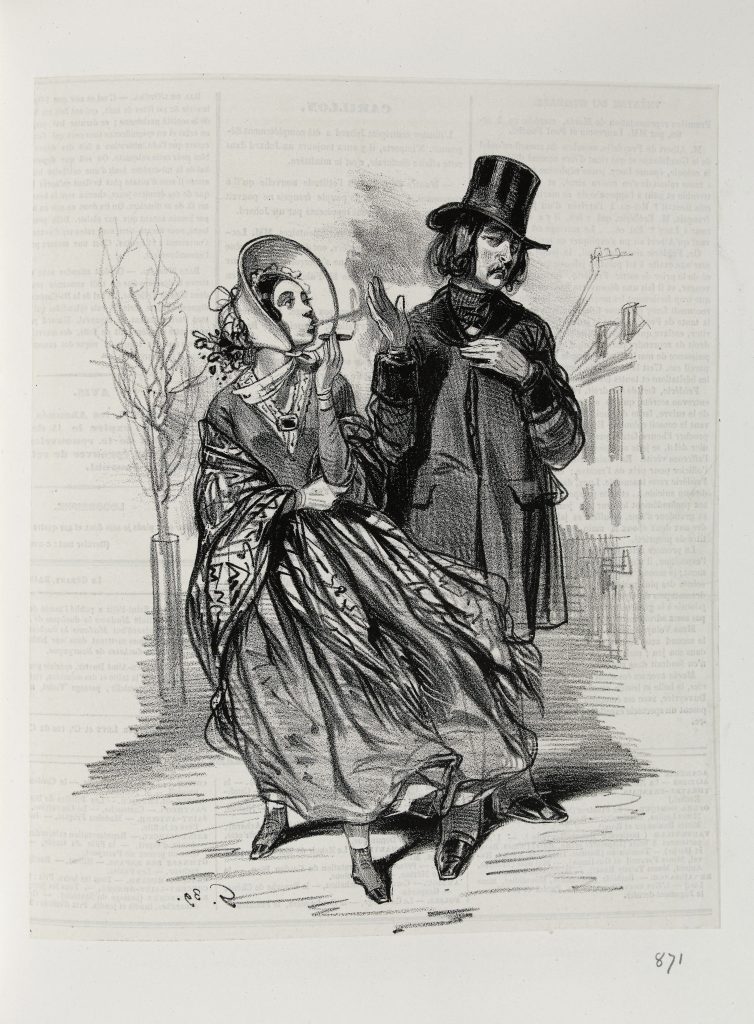
The neighbourhood of universities and schools, the Latin Quarter occupies the entire Left Bank from the rue Bonaparte to the Quai Saint-Bernard. Students, whose lives consisted of smoking pipes, cafés, dances, flirtatious grisettes, punch parties and restaurants, gave rise to many picturesque and folkloric depictions. But the daily reality of the Left Bank was far less delightful, and this dirty and miserable district remained on the fringes of the Parisian life that animated the Right Bank or the faubourg Saint-Germain.
“At this moment Bianchon and the great man were in the Rue des Quatre-Vents, one of the worst streets in Paris. Desplein pointed to the sixth floor of one of the houses looking like obelisks, of which the narrow door opens into a passage with a winding staircase at the end, with windows appropriately termed “borrowed lights”—or, in French, jours de souffrance. It was a greenish structure; the ground floor occupied by a furniture-dealer, while each floor seemed to shelter a different and independent form of misery. Throwing up his arm with a vehement gesture, Desplein exclaimed:
-I lived up there for two years.
-I know; Arthez lived there; I went up there almost every day during my first youth; we used to call it then the pickle-jar of great men! What then
The mass I have just attended is connected with some events which took place at the time when I lived in the garret where you say Arthez lived; the one with the window where the clothesline is hanging with linen over a pot of flowers. My early life was so hard, my dear Bianchon, that I may dispute the palm of Paris suffering with any man living. I have endured everything: hunger and thirst, want of money, want of clothes, of shoes, of linen, every cruelty that penury can inflict. I have blown on my frozen fingers in that pickle-jar of great men, which I should like to see again, now, with you. I worked through a whole winter, seeing my head steam, and perceiving the atmosphere of my own moisture as we see that of horses on a frosty day.”
Balzac, La Messe de l’athée (The Atheist’s Mass), 1836 (translated by Clara Bell)

This print summarises student life in Paris as idealised by novelists: eccentrically dressed (hair too long, a cap or hat), he spends hours in the café playing dominos, reading the newspaper or talking with his chums—the only element absent here is the evenings at the public ball, with their hope of seducing some young woman. Nonetheless, the draughtsman has also suggested the financial difficulties faced by most of these young men, who
Lack the means to drink anything but water.

Until 1861, there were no women admitted to French universities. ‘lady student’ is used here to designate the student’s female companion, whose habits she copies here by spewing stinking puffs of cigar smoke. The tender-hearted young lady of ‘a fresh countenance under a becoming bonnet’ who embellished the life of Parisian students played a large part in stories and imagery of the time.
Grisettes: name given to coquettish young working women.